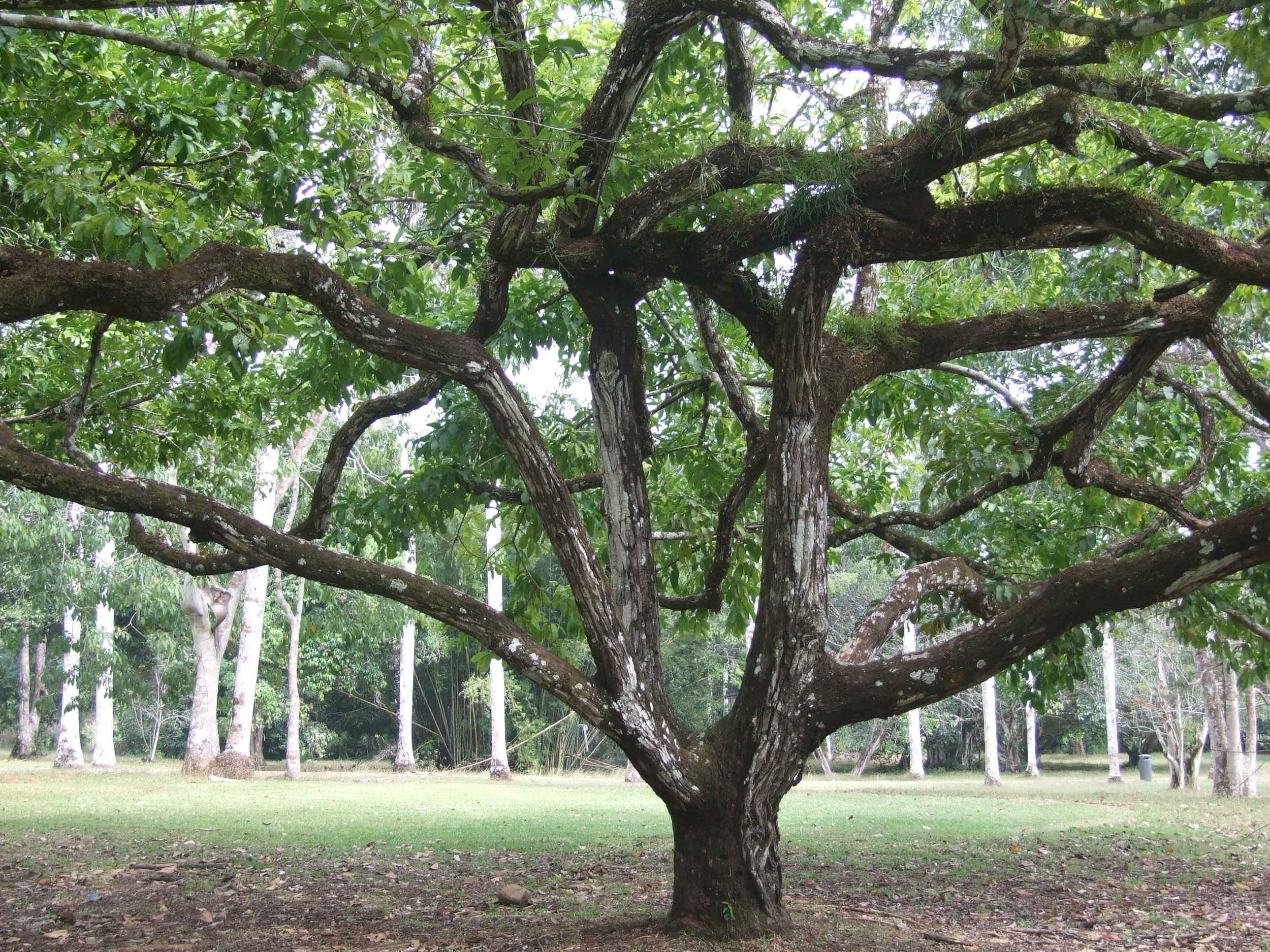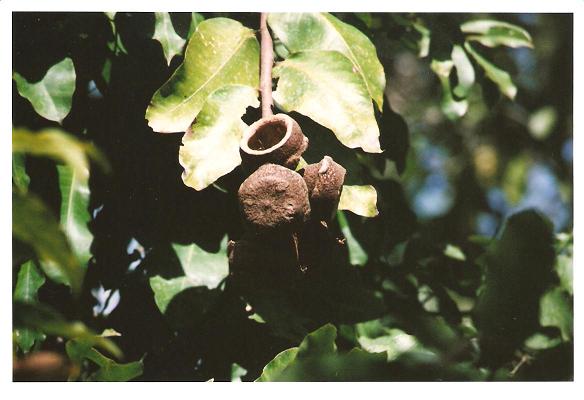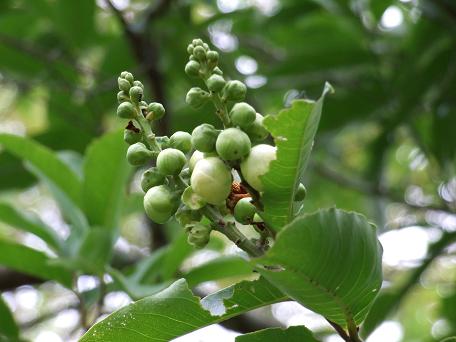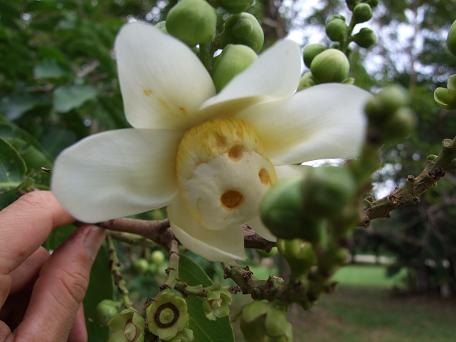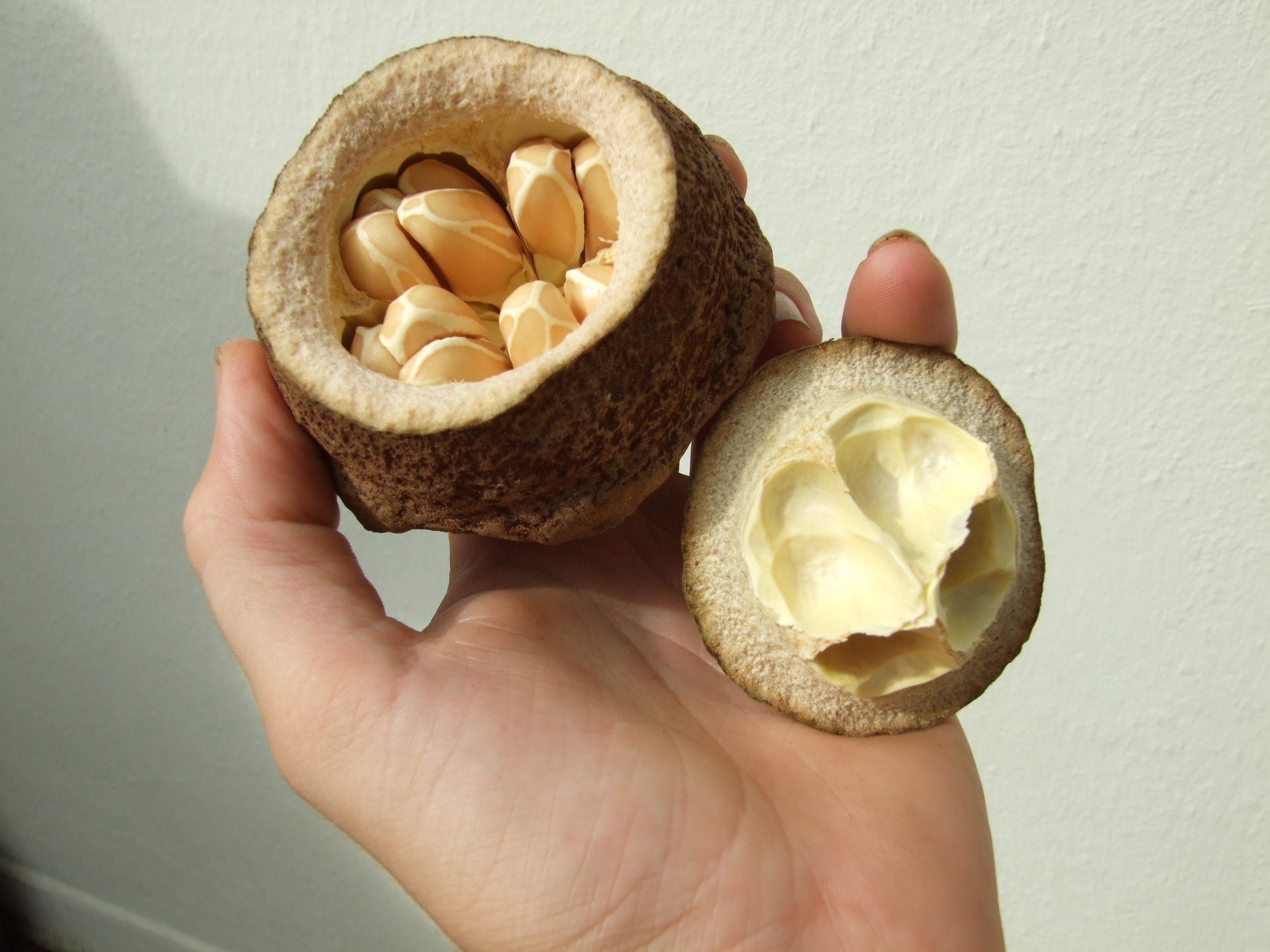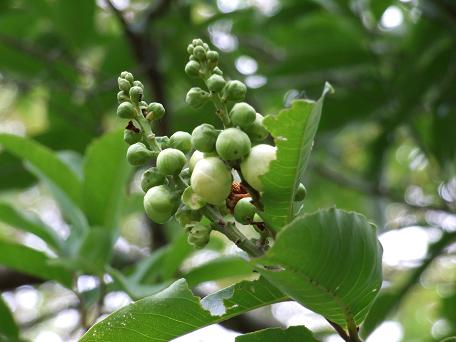Before 1989 agriculture in Havana, Cuba was virtually unheard of. Today, Cuba has the most extensive urban agriculture program in Latin America and is the only country in the world that has developed state-supported infrastructure to support urban food production and urban growers.
Today’s urban agriculture programs emerged in the early 1990s in response to food shortages incurred by the limited transnational trade as a result of U.S.trade embargos. Disintegration of the Soviet Union in 1989 compounded the problem, closing down the few trade channels that Cuba had maintained with the industrial world. This development left the country totally unable to import the necessary chemical products that make capital-intensive, industrial, mono-crop agriculture possible. It was time to look for alternatives.
Cuba’s ‘alternative model, backed by the Cuban ministry of Agriculture, evolved as a science-based, low-input sustainable agriculture approach –growing food in and around cities on small farms operated by highly motivated producers using non-chemical fertilizers and pesticides. The people’s need for information and agricultural inputs was encouraged and satiated through the creation of the Urban Agriculture Department in Havana. The Departments’ basic objective was to put all of the city’s open land into cultivation and provide a wide range of extension services and resources such as agricultural specialists, short courses, seed banks, biological controls, compost, and tools. Hundreds of vacant lots, pubic and private, were officially sanctioned as gardens and farms. In some cases land ownership titles have been accorded but, in most cases land has been, and continues to be, handed over in usufruct, a planning concept which grants free and indefinite right to use public land for gardening. At the very outset of the organic revolution the government gave unused city land to anyone who wanted to cultivate it. Chemical-based pesticides, fungicides, and fertilizers had ceased to exist so Cuban farmers did what they had to and began to fabricate less costly, more healthy and productive alternatives.
The Department of Urban Agriculture also set up Seed Houses (Tiendas del Agricultor), selling garden inputs along with seeds, ornamental and medicinal plants, tree samplings (mostly fruit-bearing) tools, books, biological control products, biofertilizers, biological pest and disease controls, packaged compost, worm humus, and other needed inputs.
In addition to the success of its urban farms, the Cuban program has initiated the establishment of larger peri-urban farms located just outside cities and towns. Due to the greater availability of larger properties, these farms can tend to place greater emphasis on arboriculture systems and agroforestry through the integration of trees with vegetable, herb and spice production.
Nelso Compagnioni, of the Institute for Tropical Agriculture points out one basic concept illustrating why urban agriculture is economically viable: "The secret is in the high productivity of small urban units, every dollar of produce on a small plot costs 25 cents to produce: as soon as you increase the area you get higher costs — more workers, lower yields, more complex irrigation. And we have no need for transport: customers collect their food on the way home from work."
Today, Cuba’s cities are home to 4,035 organic plots, 8,563 high-production gardens, and 137,000 small plots on patios and suburban farms, totaling 35,775 hectares (88,000 acres) of vegetable, tuber, banana, spices and rice production. Over 350,000 people have joined the Urban Agriculture Program. The Cuban Association of Agriculture and Forestry Technicians estimates that some 40,000 of those workers are retired people and nearly 68,000 of them are women. Thanks to the success of the program, the production of vegetables has been between 3-4 million tones every year for the last five years.







